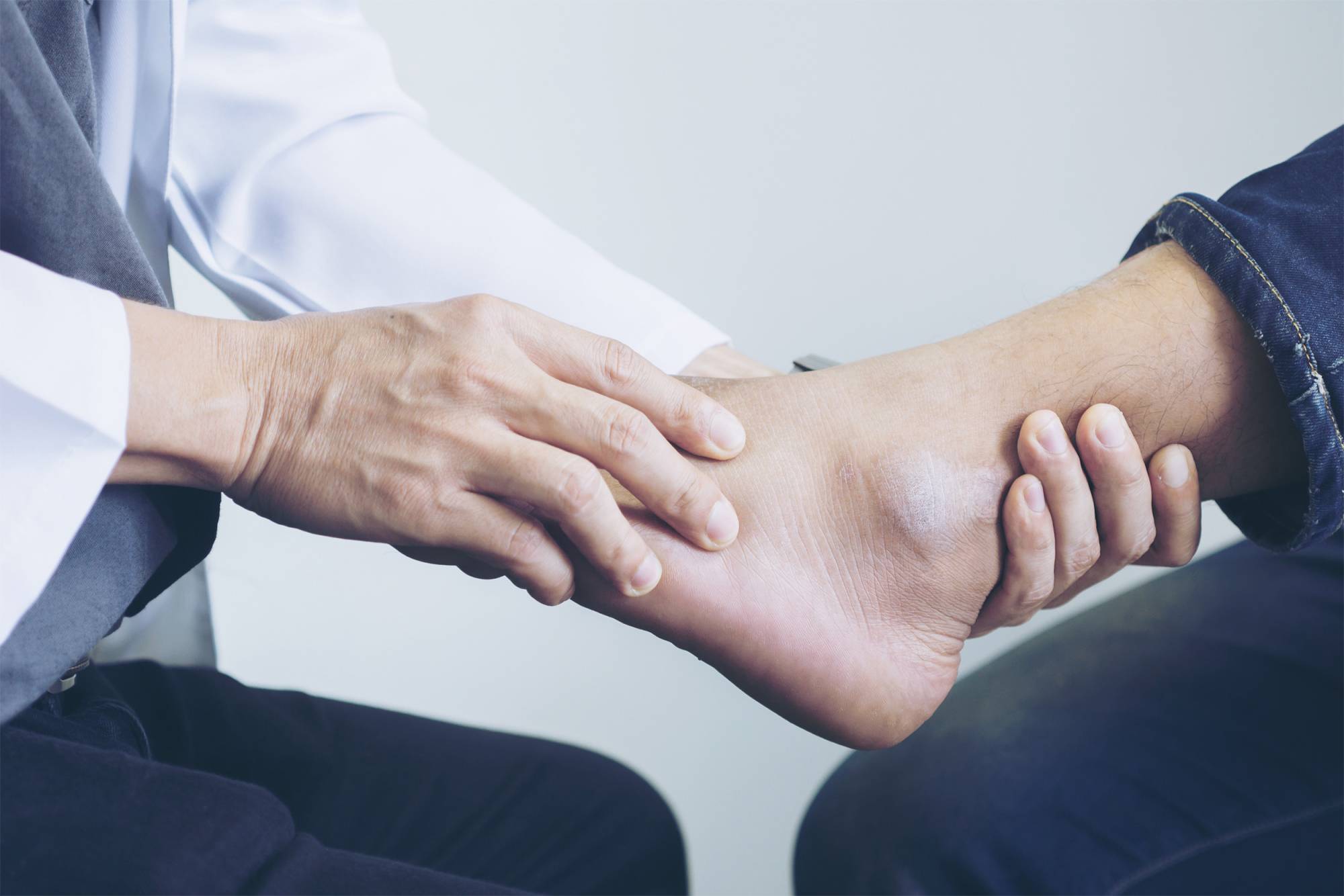Authors: P Jonsson, H Alfredson, K Sunding, M Fahlström, J Cook
Affiliations:
1. Department of Surgical and Perioperative Sciences, Sports Medicine, Umeå University, Umeå, Sweden
2. Capio Artro Clinic, Stockholm, Sweden
3. Department of Community Medicine and Rehabilitation, Rehabilitation Medicine, Umeå University, Umeå, Sweden
4. Musculoskeletal Health School of Exercise and Nutrition Sciences, Deakin University, Burwood, Victoria, Australia
Correspondence: Per Jonsson, RPT, Department of Surgical and Perioperative Sciences, Sports Medicine, Umeå University, S-901 87 Umeå, Sweden; per.jonsson@idrott.umu.se
Accepted: 29 November 2007
Published Online First: 9 January 2008
Abstract
Background: Chronic painful insertional Achilles tendinopathy occurs in both active and non-active individuals. Traditional eccentric training, loading the Achilles tendon into full dorsiflexion, has shown good outcomes in mid-portion Achilles tendinosis but less success in treating insertional tendinopathy, with only 32% of patients reporting satisfactory results.
Aim: This study investigates a new model of painful eccentric training that avoids dorsiflexion and evaluates its effects on chronic painful insertional Achilles tendinopathy.
Patients and Methods: A total of 27 patients (mean age 53 years) with 34 painful tendons participated. The exercise regimen consisted of 3 sets of 15 reps, twice a day, for 12 weeks. Pain levels and patient satisfaction were assessed.
Results: After a mean follow-up of 4 months, 67% of patients (23 tendons) were satisfied and returned to previous activities. Their VAS score decreased significantly from 69.9 to 21 (p < 0.001). The remaining 33% (11 tendons) reported dissatisfaction, though their VAS scores also improved significantly from 77.5 to 58.1 (p < 0.01).
Conclusion: This new eccentric training method showed promising results in 67% of patients with insertional Achilles tendinopathy, though longer-term studies are needed.
Introduction
Insertional Achilles tendinopathy is a challenging condition commonly seen in middle-aged and older adults, particularly those who are sedentary or overweight. Proposed causes include degeneration of the tendon at the enthesis, often due to excessive tensile loading. Conservative treatment methods such as rest, NSAIDs, and strength training have provided mixed outcomes.
Eccentric training, where the Achilles tendon is loaded into dorsiflexion, has been successful for mid-portion Achilles tendinosis but not for insertional tendinopathy. This is likely due to mechanical impingement between the tendon, bursa, and bone in dorsiflexion. The goal of this study was to evaluate whether a new eccentric training model, avoiding dorsiflexion, could improve outcomes for patients with chronic insertional Achilles tendinopathy.
Material and Methods
Participants
A total of 27 participants with chronic insertional Achilles tendinopathy lasting more than 3 months were recruited. Insertional pathology was confirmed through ultrasonography, and participants with chronic inflammatory diseases were excluded.
Eccentric Training Regimen
The prescribed exercise involved 3 sets of 15 repetitions, performed twice daily for 12 weeks. The exercise was done with a straight leg, starting with a heel raise on the unaffected leg, and then slowly lowering the heel of the affected leg to the floor without entering dorsiflexion. If no pain was felt, the load was increased using a weighted backpack. Patients were monitored by telephone at 2 and 6 weeks, and were advised to return to sports after 6 weeks.
Evaluation
Pain was measured using a 100 mm visual analog scale (VAS) both at baseline and after 12 weeks. Satisfaction was defined as the ability to return to pre-injury activity levels.
Results
Of the 27 patients, 18 (67%) reported satisfaction with the training regimen, with a significant reduction in VAS scores from 69.9 to 21 (p < 0.001). The remaining 9 patients (33%) were dissatisfied, though their VAS scores also decreased from 77.5 to 58.1 (p < 0.01). There was no correlation between age, BMI, or duration of symptoms and the treatment outcome.
Discussion
This pilot study showed that 12 weeks of painful eccentric calf-muscle training without dorsiflexion resulted in significant clinical improvements for 67% of participants with chronic insertional Achilles tendinopathy. The avoidance of dorsiflexion may explain the better outcomes compared to traditional eccentric training for insertional tendinopathy. However, further studies with longer follow-up periods are needed to confirm these results.

 Prendre rendez-vous
Prendre rendez-vous

